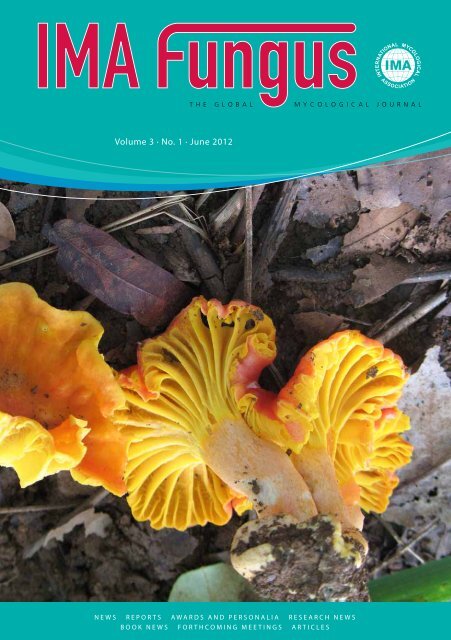空气传播的牛肝菌类孢子的季节性和强度与土地利用和天气模式的关系
IF 6.2
1区 生物学
Q1 MYCOLOGY
引用次数: 0
摘要
森林是空气中牛肝菌孢子的天然来源。分生孢子的时间、强度、空气传播孢子的散布及其浓度尤其取决于土地利用类型,而土地利用类型决定了分生孢子赖以生存的物质的可用性,同时也取决于气象因素。本研究的目的是对北半球暖温带气候中出现的牛肝菌类孢子进行时空分析。假设孢子浓度取决于土地覆盖类型和天气条件。采用体积法研究孢子浓度的差异,并使用安装在不同高度和不同土地覆被类型地点的孢子捕获器。在夏末和秋季,空气中的牛肝菌类孢子浓度较高。不同地点和季节的季节开始日期和最高浓度没有显著差异,但季节强度不同。孢子浓度较高的地区通常绿化面积较大,包括森林。对昼夜周期的分析表明,24 小时内孢子浓度两次达到较高水平,这在地面监测中尤为明显。气温和空气湿度是影响空气中孢子出现的主要天气因素。这项研究表明,在研究不同因素对空气中玄武岩孢子浓度的影响时,应分析许多环境因素,包括玄武岩菌生长的生境特征。在分析和解释气生真菌现象时,应考虑气候、天气、地理植物学和土地利用类型。本文章由计算机程序翻译,如有差异,请以英文原文为准。
Seasonality and intensity of airborne Boletus-type spores in relation to land use and weather pattern
Forests are a natural source of airborne bolete spores. The timing of sporulation and its intensity as well as the dispersal of airborne spores and in consequence their concentrations depend in particular on the type of land use determining the availability of matter on which they develop and on meteorological factors. The aim of this study was to perform a spatial and temporal analysis of the occurrence of Boletus-type spores in the warm temperate climate of the Northern Hemisphere. An assumption was made that the spore concentrations depend on the type of land cover and weather conditions. The volumetric method was applied to investigate differences in spore concentrations and using spore traps installed at different heights and at locations with different land cover types. Boletus-type spores occurred in the air at high concentrations in late summer and in the autumn. The season start dates and maximum concentrations did not differ significantly between sites and seasons, but the season intensity varied. Higher spore concentrations were usually found in the region with a larger proportion of green areas, including forests. An analysis of the diurnal cycles showed that within 24 h spore concentration reached high levels twice, which was especially noticeable in ground level monitoring. Air temperature and air humidity were the main weather factors affecting the occurrence of airborne spores. This research indicates that when studying the effects of different factors on the concentration of airborne basidiospores, many environmental elements should be analyzed, including the characteristics of habitats in which basidiomycetes grow. Climate, weather, geobotany, and land use type should be taken into account in analysis and interpretation of aeromycological phenomena.
求助全文
通过发布文献求助,成功后即可免费获取论文全文。
去求助
来源期刊

Ima Fungus
Agricultural and Biological Sciences-Agricultural and Biological Sciences (miscellaneous)
CiteScore
11.00
自引率
3.70%
发文量
18
审稿时长
20 weeks
期刊介绍:
The flagship journal of the International Mycological Association. IMA Fungus is an international, peer-reviewed, open-access, full colour, fast-track journal. Papers on any aspect of mycology are considered, and published on-line with final pagination after proofs have been corrected; they are then effectively published under the International Code of Nomenclature for algae, fungi, and plants. The journal strongly supports good practice policies, and requires voucher specimens or cultures to be deposited in a public collection with an online database, DNA sequences in GenBank, alignments in TreeBASE, and validating information on new scientific names, including typifications, to be lodged in MycoBank. News, meeting reports, personalia, research news, correspondence, book news, and information on forthcoming international meetings are included in each issue
 求助内容:
求助内容: 应助结果提醒方式:
应助结果提醒方式:


